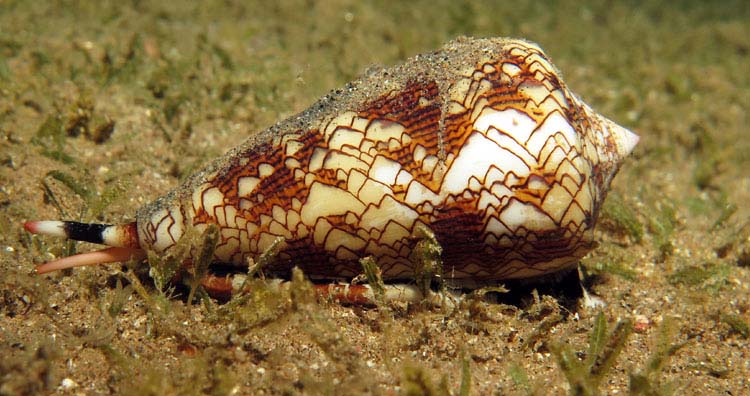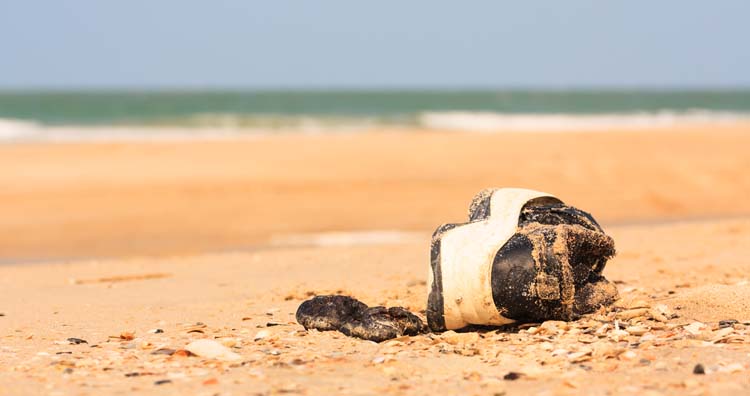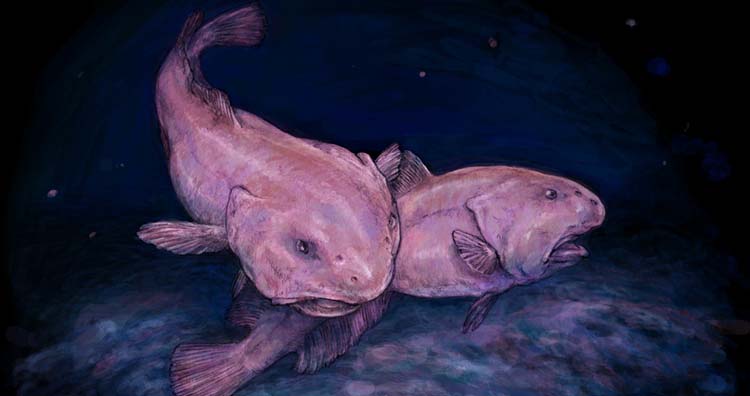12 Creepy Facts You Won’t Believe Are True

Have you ever come across a story or a fact that made you say “No Way!” in utter disbelief? Well, the world is filled with such stories, and if you are a little bit freaky, you probably enjoy getting frightened or weirded out. If that applies to you, you are going to love this list, but if you are faint-hearted or prone to getting nightmares, maybe you should think twice about this list. You’ve been warned! From severed human feet washing up on beaches to a “zombie” parasite that actually exists in the world, here are 12 creepy facts you won’t believe are true!
1 In Ancient Egypt, the dead bodies of beautiful women were left to decay for at least a few days before they were sent to the embalmers to prevent acts of necrophilia.
There is a lot about Ancient Egypt that fascinates us, but few people know about the strange rituals that were common in those times. According to experts, ancient Egyptians practiced necrophilia or sexual acts involving corpses, to make contact with their deceased spouse.
Furthermore, the Greek historian Herodotus wrote in The Histories that ancient Egyptians left the bodies of deceased, beautiful women to decay for three to four days before sending them to the embalmers. This was done specifically to prevent the embalmer from engaging in sexual acts with the dead body.
Even in ancient Egyptian mythology, there are descriptions of necrophilia. For example, when Set killed his brother Osiris and dismembered his body into several pieces, Osiris’ wife Isis retrieved all the pieces, wrapped up his body, embalmed him, and had sex with him to bring him back to life and to impregnate herself. That is how Horus, the son of Isis and Osiris, was posthumously begotten. (1, 2)
2 Cone snails can sting without warning, and you may not feel the sting immediately. There is no antivenin for a cone snail sting, and the only treatment available is to keep the victim alive until the toxin wears off.Â

Cone snails are beautiful but deadly creatures! There are about 800 species of these extremely venomous predatory sea snails. Live ones are extremely dangerous, and if you pick one up or step on one, they can sting without warning.
The sting of a small cone snail can be as bad as a bee sting, but the sting of the larger ones can be serious and even fatal to humans.
The immediate signs of a cone snail sting are intense pain, tingling, and numbness. Their venom is designed to paralyze. In severe cases, the sting can cause muscle paralysis, respiratory failure, and vision impairment.
More often than not, the symptoms appear within minutes, but sometimes, they may take days. There is a species of cone snail known as  “cigarette snail.” It is said that if this cone snail stings you, you would have about the time to finish off a cigarette before dying.
So far, cone snail stings have no antivenin, which means once you are stung, the only treatment available is to keep you alive until the toxins wear off. (1, 2)
3 Since 2007, at least 20 detached human feet have washed up on the coasts of the Salish Sea.

Imagine taking a stroll down the beach one day and discovering a severed human foot! Such a nightmare-inducing thing has actually happened to people several times. Since August of 2007, at least 20 detached human feet have been found in Washington, US, and British Columbia, Canada on the coast of the Salish Sea.
These detached feet are found in various states of decay, and sometimes they are found wearing hiking boots or other footwear.
As gruesome as the discoveries are, authorities do not think they are the work of a crazy, foot-lopping serial killer. That is because the feet do not show any sign of trauma, and they do not seem to have been forcibly removed.
Despite this, it is natural to wonder why just the feet are washing up to the beach and not other body parts, and why these feet are still intact despite being in advanced stages of decomposition.
Experts think that the answer lies in the shoes. Feet can get easily disarticulated, and shoes act as a flotation device that carries them to the shore. The feet that have washed ashore are from suicide or accident victims, and the shoes protect them from hungry marine creatures. The feet often get saponified, in which the fatty tissues turn into a soapy, solid, waxy substance called adipocere. (1, 2)
4 When underwater, the blobfish looks like any other fish, but because it lives deep in the ocean where the pressure is intense, it does not have a swim bladder to keep it buoyant. Moreover, it does not have a skeleton or muscles, which is why it becomes saggy and droopy when taken out of the water.

The blobfish has been voted as the ugliest animal in the world, but experts argue that the title is rather unfair. Considering everything that the blobfish has to endure, it maintains a decent appearance in its natural habitat.
Found at depths of 2,000 to  4,000 feet, the blobfish has to deal with the pressure that is 120 times higher than the pressure at the surface. To withstand such intense pressure, you would need a sturdy submarine!
On the other hand, many fish have a swim bladder, which is a sac of air inside their body that helps them to stay buoyant and move around underwater. When you take such a fish out of the water, the swim bladder may expand and cause their insides to be pushed out of their mouth, killing them instantly. Since the blobfish does not have a swim bladder, its stomach stays inside, but it does not mean it likes being out of the water.
The blobfish does not have any muscles and it also lacks a skeleton. Their jelly-like flesh helps them to survive such extreme underwater pressure.
In fact, the pressure is what they need for structural support. So, they look like normal fish underwater. However, when you take them out into the atmosphere, they become saggy and droopy. (1, 2)
5 Once you begin displaying symptoms of rabies, you will die. There is no cure, and you can go crazy and experience intense pain until you die.

When you hear the word “rabies,” you probably picture an enraged animal, possibly a dog, frothing at the mouth. If you have seen the movie Cujo, you probably already have a nightmarish idea about this disease.
However, rabies in humans is no less frightening. The disease alters the neural pathways of the infected, changing their behavior dramatically. Transmitted through animal bites, rabies has an incubation period of four to 12 weeks. It means that a person will begin to show symptoms in that time frame.
Common initial symptoms include fever, muscle weakness, and tingling. As the virus continues to attack the central nervous system, it can either lead to furious rabies or paralytic rabies.
People who develop furious rabies show symptoms such as anxiety, insomnia, agitation, confusion, excess salivation, hallucinations, problems swallowing, and an intense fear of water.
Paralytic rabies takes longer to develop, but its effects are just as severe. Infected individuals become paralyzed and eventually slip into a coma.
When someone is exposed to the rabies virus, they have to seek treatment immediately. A series of injections can prevent the infection from setting in. However, there is no cure for rabies infection. So, once someone starts displaying symptoms, they die. (1, 2)
6 The tongue-eating louse is a parasite that severs the blood vessels in a fish’s tongue, causing the tongue to fall off. It then acts as the fish’s tongue, replacing an entire organ.Â

Cymothoa exigua, commonly known as the “tongue-eating louse,” is a bizarre and petrifying parasite that feeds off the head of a fish, cuts off its tongue, and eventually becomes a substitute tongue.
Females of this parasite grow up to 1.1 inches long and males tend to be much smaller. Both the male and the female parasite enters a fish through the gills. The male attaches itself to the gill arches, whereas the female attaches itself to the tongue of the fish.
Slowly, the female tongue-eating louse severs the blood vessels in the tongue, which causes the tongue to fall off. It then attaches itself to the leftover stub of the fish’s tongue and becomes a new tongue! (1, 2)
























